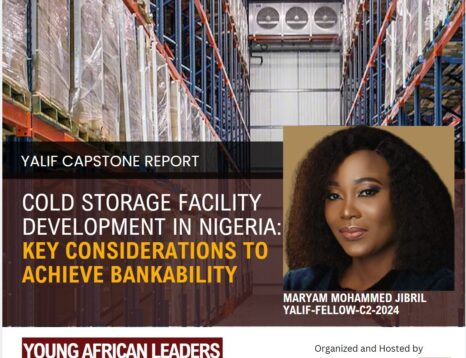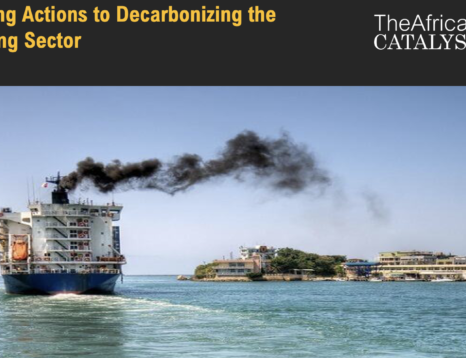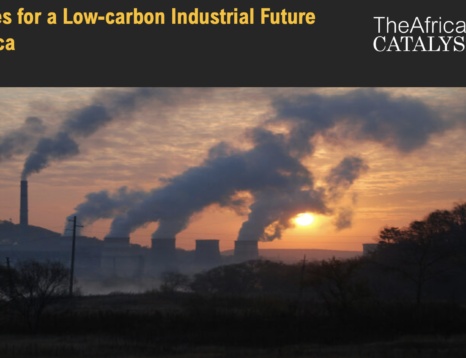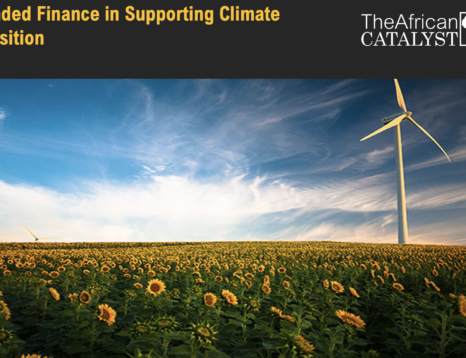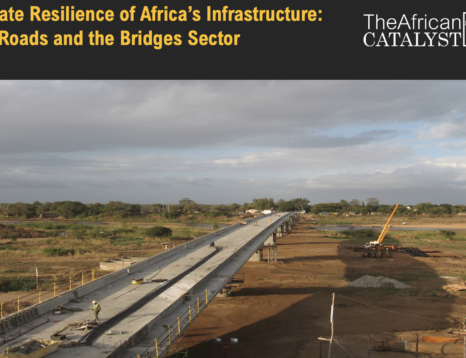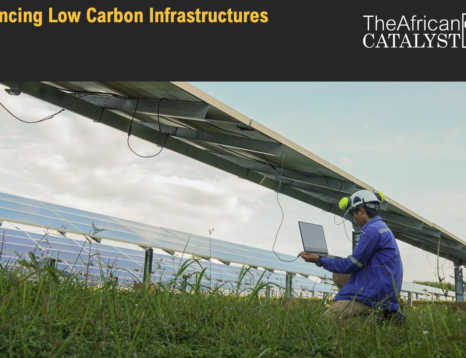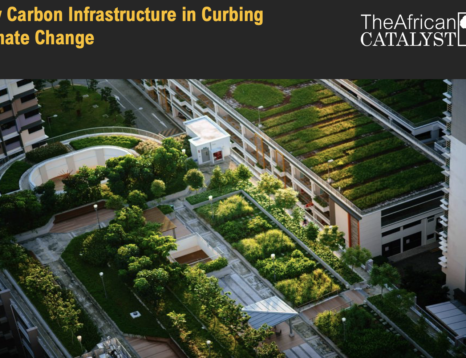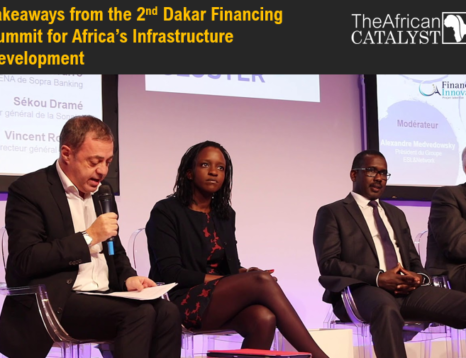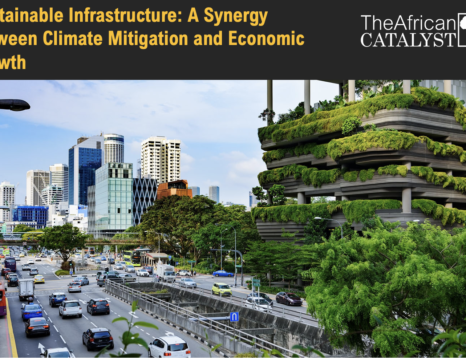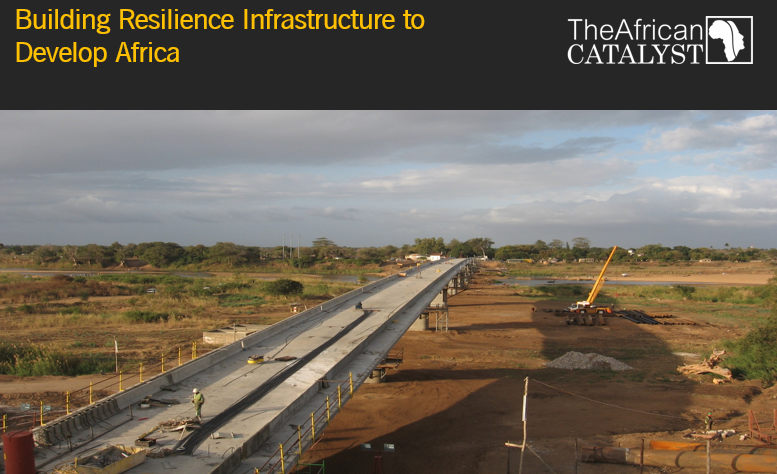
According to the World Bank, Africa has experienced economic growth of more than 5 percent per annum during the past decade, but to sustain this growth, investment in infrastructure is fundamental. At the same time, there’s also the need for the continent to prioritize infrastructure resilient to climate change die it’s vulnerability and exposure to climate change and its impacts.
Accordingly, the African Development Bank asserts that Africa has an estimated infrastructure financing gap of more than $100 billion per year - these investments need to be climate-proofed to ensure a sustainable pathway for urban buildout, and development.
This article by The African Catalyst reviews some institutional reports and publications on building resilience infrastructure in Africa, highlighting key facts and insights.
Resilience Infrastructure In Developing Africa
According to the ECA, there is an urgent need to close Africa’s infrastructure deficit at scale and at speed if the continent is to meet its development objectives - as stipulated in various national development plans, the UN 2030 Agenda for Sustainable Development, and Agenda 2063. This means investing up to US$170 billion per year in sectors such as energy, transport, water, sanitation, urban, and ecosystems.

These sectors are sensitive to the adverse impacts of climate change, including more frequent and intense floods, droughts, and heatwaves.
There is a case for Africa to ramp up investment in developing infrastructure that is vital to improving the standards of living for the African citizens as well as for the continent’s global competitiveness.
Against a background of increasing climate change impacts that are already costing Africa on average 5% of GDP per year, it is important to boost the confidence that the infrastructure investments will deliver services and return on investments in both today’s and tomorrow’s climate.
Here are 5 key facts to note:
- Africa is the world’s fastest urbanizing continent. By 2050, its cities are expected to nearly triple in population. City leaders are already struggling to keep up, especially when it comes to water. Nearly 63% of urban areas in sub-Saharan Africa lack access to basic water and sanitation. Meanwhile, in the past decade alone floods and droughts have caused 80% of the disaster related deaths and 70% of the economic losses in sub-Saharan Africa. This is despite the continent’s low contribution to global green gas emissions.
- African countries are already confronting three major climate challenges that will only become more severe in the years ahead. This includes arid regions facing an increasing risk of drought; countries likely to have to deal with extreme heat in some way and coastal cities facing rising sea levels and catastrophic storms. According to the Guardian, these challenges are not isolated as many regions will face all three.
- According to Brookings, improved infrastructure has rightly been among the countermeasures proposed and should be a major component of any stimulus plan, both for responding to the pandemic and for building resilience over the long term. And it should not just be any infrastructure, but projects that stimulate economic activity, create employment, bolster supply chains, and expand access to health care, sanitation, and education.
- However, meeting this infrastructure demand remains highly costly. According to FRA, Africaneeds to mobilise a staggering US$170 billion annually in long term financing to develop infrastructure key sectors, agriculture included to accelerate growth dwarfed by the COVID 19, conflicts and climate change. Faced with an overarching ‘debt overhang’ buffeting many of the continent’s 54-member states, the African Development Bank is dangling two options; float Green Bonds on security markets or entice cooperating partners to secure finance and close the continent’s current annual US$108 billion infrastructure financing deficit to close the gap.
- To tackle this financial barrier, Africa is required to further unlock private investment in climate-resilient infrastructure. Such investment can be scaled up with the intervention of best practices and operations, change in data/ climate change modeling, public development banks support, implementation of appropriate public procurement tools, enforcement of enabling framework and incentives, and program elaboration, project identical & budget allocation.
Read more here.



